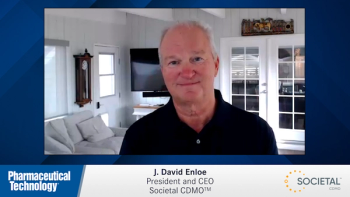
Implementing FDA’s New Process Validation Guidance
In January, 2011, FDA released its guidance, Process Validation, General Principles and Practices, describing process validation practices based on quality-by-design principles.
In January, 2011, FDA released its guidance, Process Validation, General Principles and Practices, describing process validation practices based on quality-by-design principles. At the IBC Biopharmaceutical Development and Production conference held this week in Huntington Beach, California, scientists described how their companies have been working toward implementing the guidance for the production of biopharmaceuticals.
Vijay Chiruvolu, director of corporate validation at Amgen discussed his company’s current process validation practices. Amgen, he explained, was somewhat ahead of the game, having worked toward implementing a data-driven and risk-based approach to process validation before the guidance was finalized. For the past 10 years, Amgen has taken a lifecycle approach to process validation, by beginning to plan process validation strategies during the early phases of process design and by continuing to update the plan throughout the lifecycle of the product. Process validation, he explained, is not a once-and-done activity, but should be adjusted as process understanding improves over time, or as expected or unexpected process changes require additional validation.
Peter Calcott, president of Calcott Consulting, weighed in with what the guidance means for small companies. Big biotechs like Amgen can devote a lot of resources towards risk assessment, process understanding, and developing a risk-based process validation plan, but smaller entities that outsource some or all of their process development and manufacturing activities will likely not have the staff or knowledge necessary to implement the guidance on their own. Calcott said he is commonly asked how much effort a company should spend in implementing the new guidance, and his advice, he says, depends on what the company’s business model is and where in the development cycle they are. For example, companies in early stages of development that expect to sell the compound to a larger entity for development need not concern themselves with the guidance, with the expectation that process validation will fall to someone else. A company that expects to manufacture and perhaps market the compound itself, however, should invest the time and resources to develop a compliant process validation plan.
Newsletter
Get the essential updates shaping the future of pharma manufacturing and compliance—subscribe today to Pharmaceutical Technology and never miss a breakthrough.

